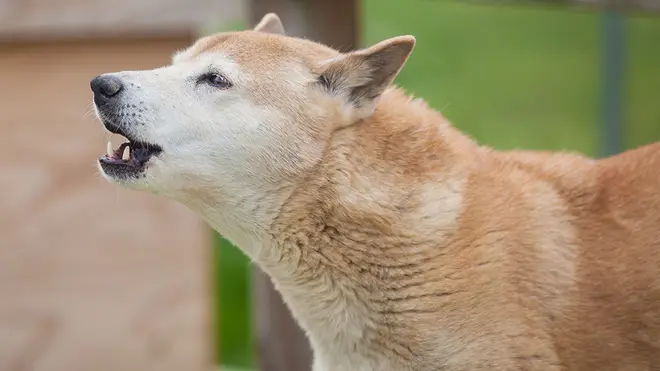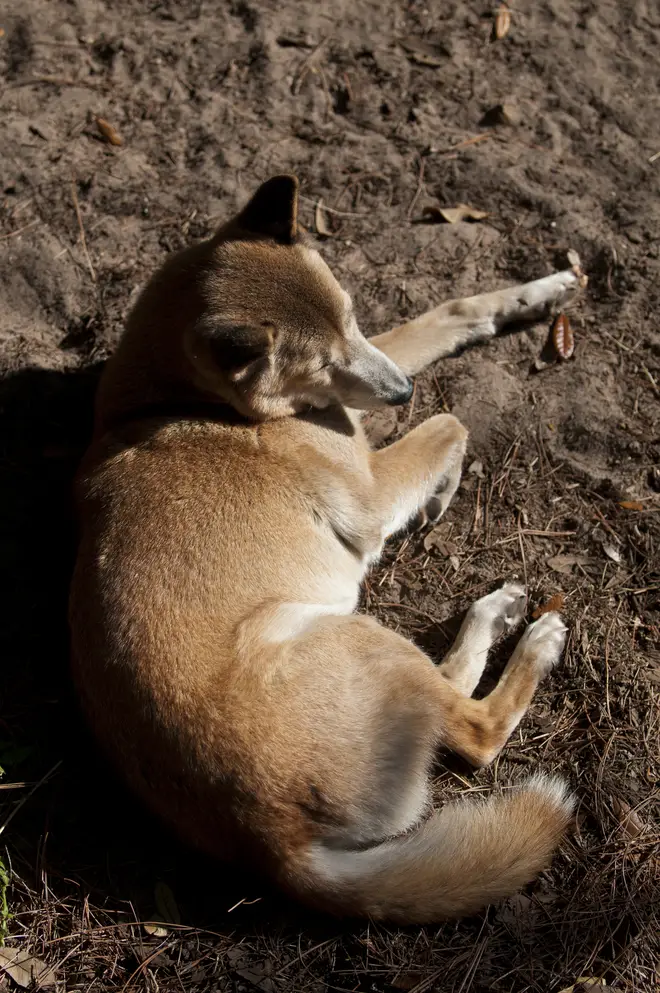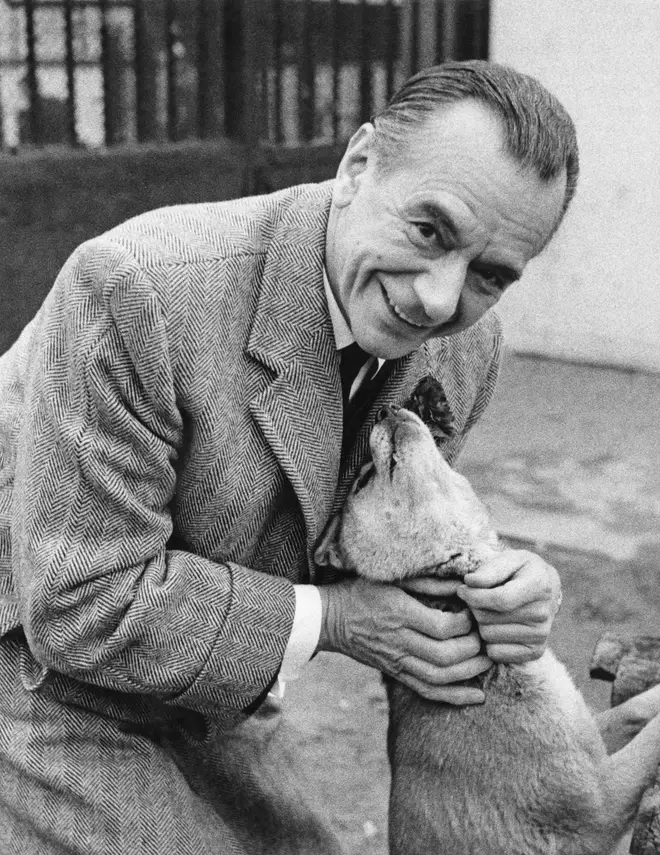Ancient breed of singing dog, thought extinct for 50 years, appears in wild
2 September 2020, 12:02 | Updated: 2 September 2020, 12:22

The rarest dog breed in the world is still alive – and singing – in the New Guinea jungle.
For five decades, no one had seen a New Guinea singing dog in the wild. Their unusual vocal acrobatics – described as a “wolf howl with overtones of whale song” – were only heard by zoo-goers.
But now, this rare species has been heard again in the New Guinea jungle.
Closely related to the Australian dingo, the yodelling pup has a capacity for haunting, plaintive song.
“Opera singers love these dogs because they can hit all those really high notes,” a zookeeper at Wizard of Paws Wildlife Education Center, in Indianapolis, says.
A new study suggests this ancient dog, thought to have arrived in New Guinea 3,500 years ago, has the same genetic make-up as a pack of wild dogs living near a gold mine in New Guinea’s highlands. If confirmed, the study could help save singing dogs around the world.
Read more: Operatic dog duets perfectly with Luciano Pavarotti on ‘Nessun dorma’ >

The singing species, of which around 250 are held in captivity around the world, has been described by the New Guinea Highland Wild Dog Foundation as “truly, a living fossil”.
No one has seen the sandy-coloured, short-haired animal since the 1970s. But locals have insisted for years they’ve heard the dogs’ harmonic offerings.
Read more: Operatic parrot sings Mozart’s Queen of the Night aria better than you >
Zoologist James McIntyre led a research team into the highlands of Papua, in an area near one of the world’s largest gold and copper mines, Grasberg Mine. There, the team collected fecal samples from 15 highland wild dogs, later trapping and collecting blood samples from three of them. These dogs look, act and sound very like the New Guinean singing dogs.
The scientists compared the three highland dogs’ nuclear DNA to that of 16 captive New Guinean singing dogs, 25 dingoes, and over 1,000 dogs from 161 other breeds.
Scientists report in the Proceedings of the National Academy of Sciences that the highland wilds and singing dogs have nearly identical genetic profiles.

Study co-author Elaine Ostrander, a geneticist at the US National Human Genome Research Institute, says the highlands dogs will make “a fantastic population for conservation biology”.
The study also confirms how humans have influenced evolution. Because of years of inbreeding, singing dogs might soon have trouble reproducing. So, scientists want to breed them with highland dogs to preserve the population and reintroduce genetic diversity, which is lost when animals are held in captivity.
Ostrander says further study of the dogs could reveal how and why the dogs’ unique vocal prowess is “like nothing else we’ve heard in nature.”
The music world has long been fascinated with these dogs and their yodelling sound. In 1964, English conductor and composer Sir Malcolm Sargent gifted a New Guinea Singing Dog to a London Zoo.
In New Guinea, it is believed the dogs have the spirits of departed relatives and friends. A Zoo official told Reuters in 1969: “Some persons claim they can recognise the voice of a particular person in a dog’s song.”


































